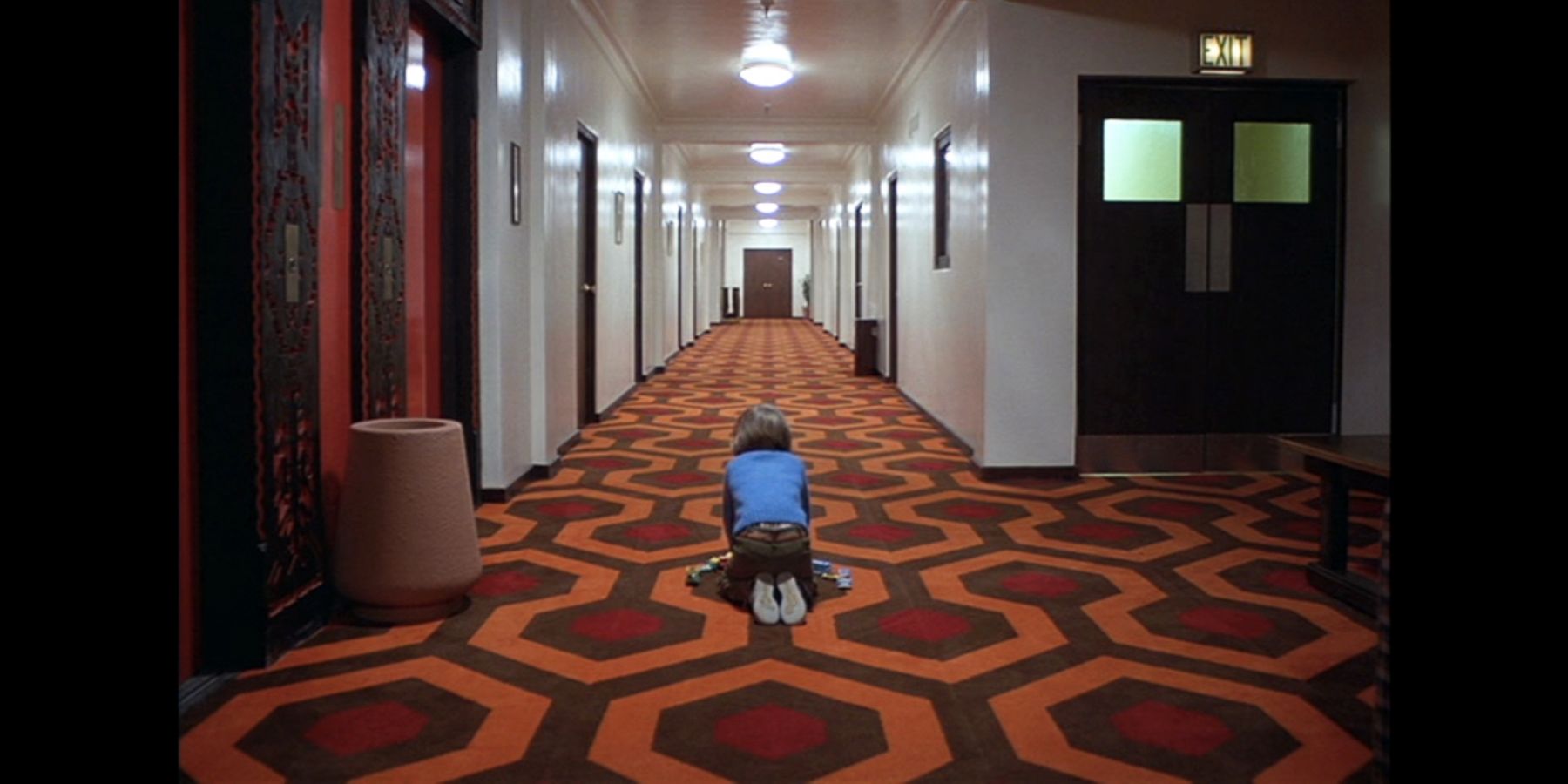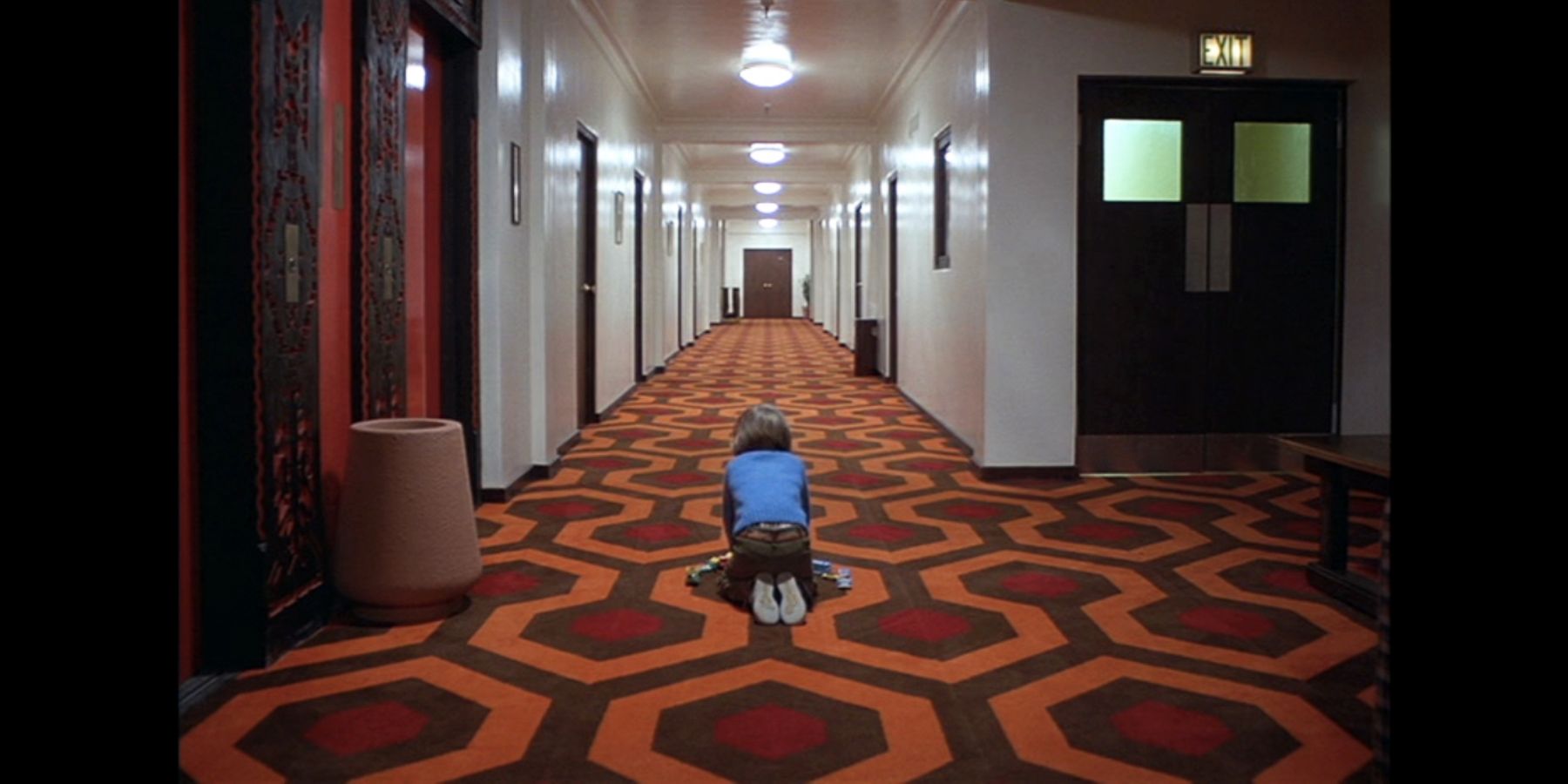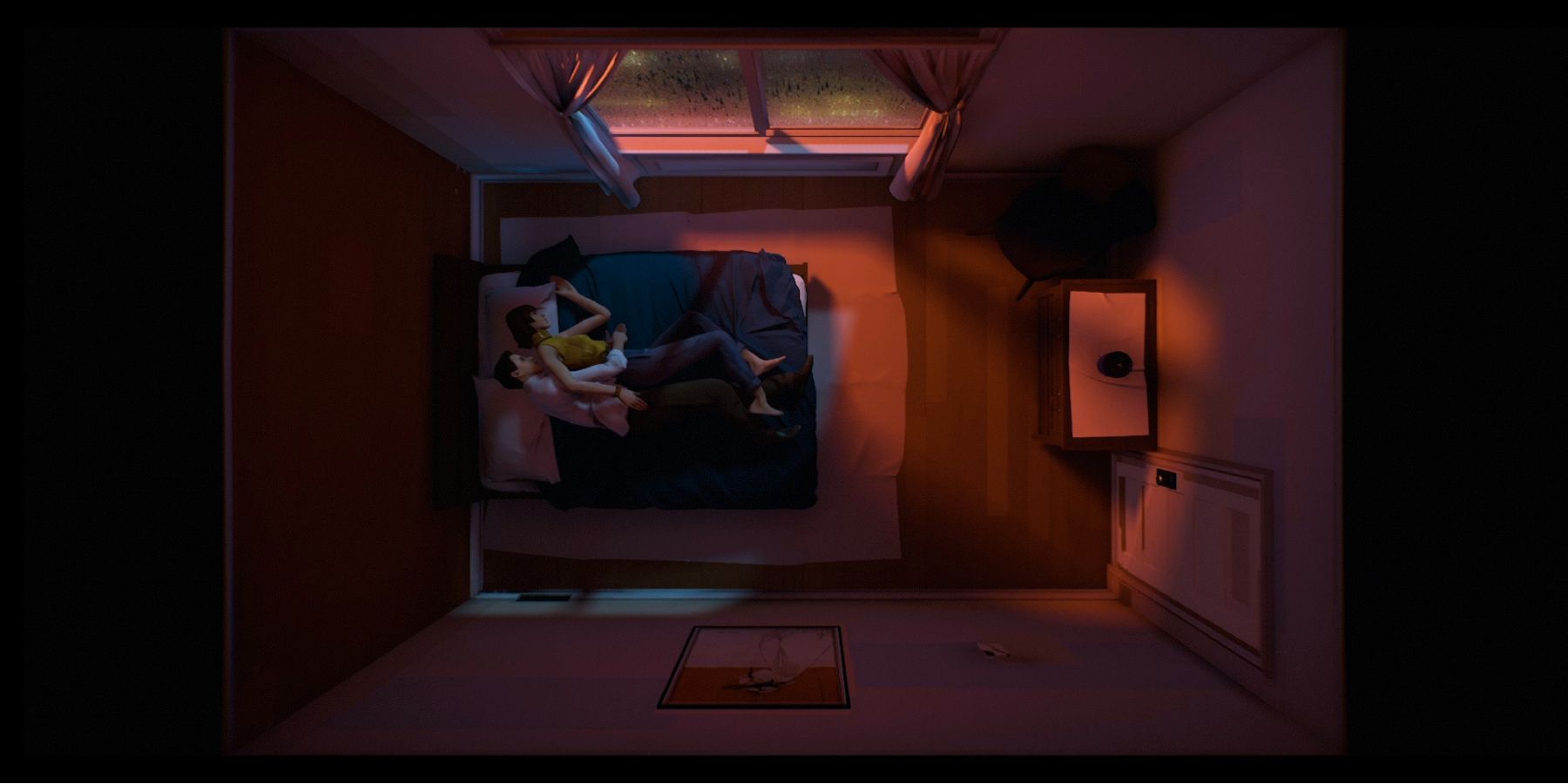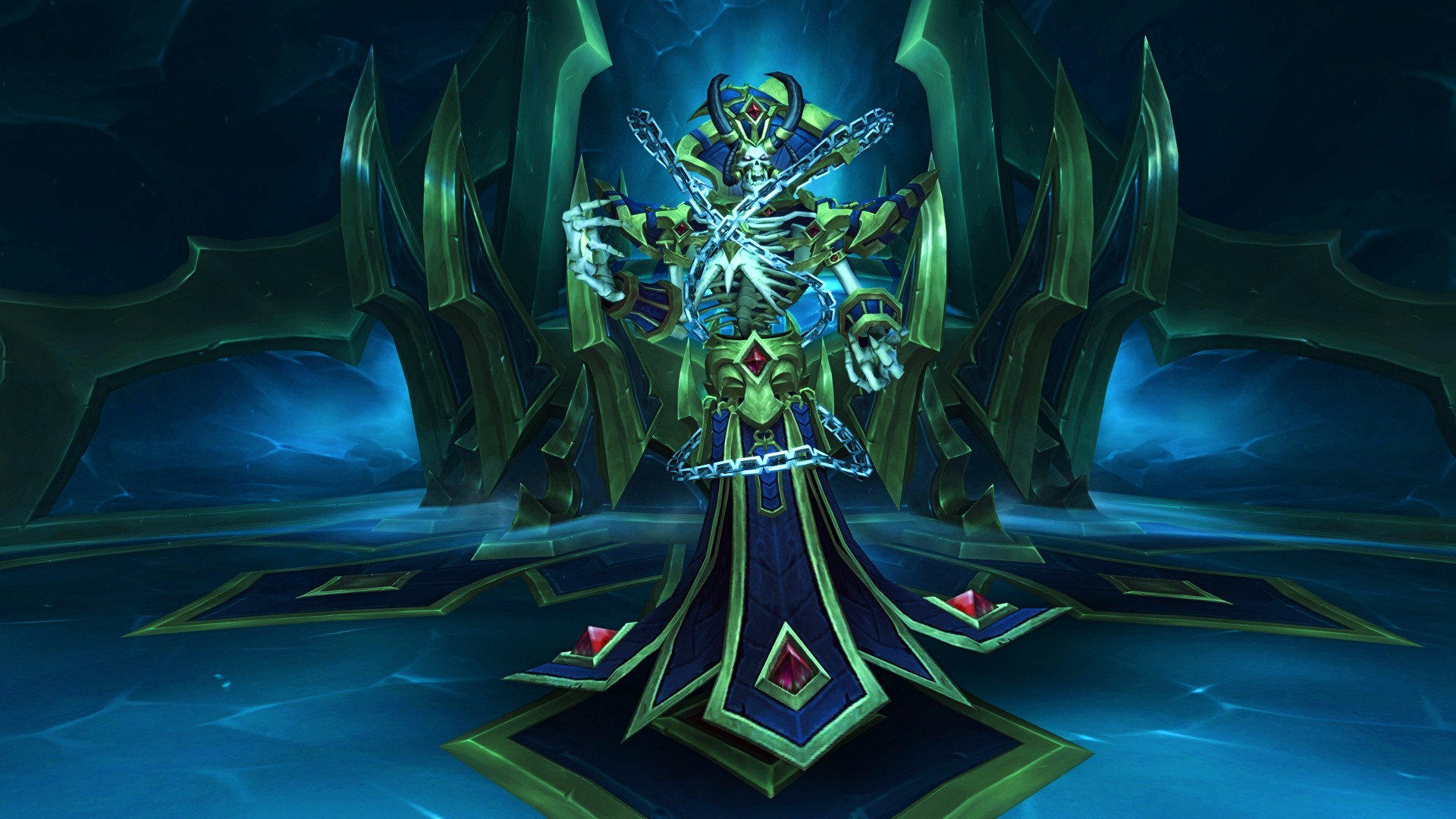
12 Minutes, a stylish time loop thriller, carries with it developer Luis Antonio's love of cinema through various allusions and homages. The most obvious of these is of course the time loop mechanic itself, which immediately draws to mind the 1993 film Groundhog Day. The references to film in 12 Minutes are more complex and nuanced than the connection between time loop narratives and Groundhog Day, as these narratives are popular across a range of films and video games. The game is both thematically and visually littered with references to the cinema of Alfred Hitchcock, Stanley Kubrik, and movie genres more broadly.
Luis Antonio has been pretty candid about how films have influenced 12 Minutes, from setting to casting. The game's confusing ending and the unreliable narrator becomes a clear product of this once all the film references are examined and understood to be in conversation with cinematic history. While some of these references are obvious, others are more subtle and require contextualization.
RELATED: 12 Minutes: Can You Kill the Cop?
12 Minutes: The Actors and Setting

One of the most obvious connections to cinema in 12 Minutes is the cast. Luis Antonio used James McAvoy's role in Filth to help him conceive of the protagonist; McAvoy has also received praise for his role in Split and Glass, wherein he plays a character with dissociative identity disorder. Daisy Ridley is, of course famous, for her role in Star Wars and so brings with her a big blockbuster feel. She has also been taking projects in a variety of genres since Star Wars, such as The Orient Express. Finally, Willem Dafoe is well known for his parts in artsy and experimental films that play with reality, such as The Lighthouse or Antichrist.
There is only one named character in the entire game, which emphasizes the performance of these actors in playing stock characters. This is not uncommon in experimental and art-house cinema, wherein the attention is shifted from a film's narrative to its artifice; this type of cinema intentionally draws attention to itself to encourage the audience to contemplate big questions. 12 Minutes is deconstructing the typical narrative by having nameless and untrustworthy characters; as such it becomes a more abstract story.
The setting of 12 Minutes within a single apartment is inspired by films like Rear Window and The Shining. These films feel claustrophobic and the enclosed space usually leads their protagonists to madness. The repeated gameplay of 12 Minutes similarly is at times exhausting and frustrating, as reliving the same 12 minutes, again and again, would be; there is little effort to make the player more comfortable as this is mostly an intentional element of the gameplay. Even the carpet in the hallway at the start of the game is paying direct homage to The Shining, in which the pattern of the carpet is a repeated motif and allusion to Jack Torrence's growing madness.
RELATED: 3 New Games Added to Xbox Game Pass, Including 2 Day One Titles
Voyeurism and Confrontation in 12 Minutes

NOTE: Plot spoilers from here onward.
Some of the less obvious connections to cinema come from the structure and themes of 12 Minutes. Once the true identity of the protagonist is revealed, it becomes clear that the game was intentionally misleading the audience. At this point in the game, the non-linear narrative and slow reveal of clues are similar in many respects to films like Memento. What's more though, is how the unusual narrative structure intentionally makes the player uncomfortable. To understand how 12 Minutes utilizes this discomfort, it's worth noting the visual and narrative similarities to the cinema of Michael Haneke and the broader cinematic traditions he represents.
The helplessness of watching the husband and wife in 12 Minutes repeatedly being captured or killed by the cop is reminiscent of Haneke's film Funny Games, in which he uses long static shots during a brutal home invasion. Similarly, the identity of the home invaders in this film is unclear, as is the cop in 12 Minutes. In Funny Games, Haneke breaks the fourth wall repeatedly to remind the viewers that this is a film they are watching (emphasizing a broader question of why do people watch violent films).
One way Funny Games does this is by having the invaders use a TV remote to rewind actual events of the film, while 12 Minutes repeatedly rewinds the husband back to the starting point to undo the events he has done. The fact that no concrete answer is given in relation to the time loop (although there are some hints), and this draws gamers' attention to the fact that this is a game.
Common themes in Haneke's film include surveillance and voyeurism. In Cache, eery video recordings of the Laurent family take up the whole screen for moments of the film making the audience feel as sinister as whoever is recording this footage. 12 Minutes top-down view evokes this feeling of spying on the husband and wife throughout the traumatic events of the game. There is even a light static effect over the game that makes it akin to surveillance footage wherein the subject is unaware they are being filmed.
Finally, the game has a confrontational subject matter that challenges the player, which is common in Haneke's films and also films like Park Chan-wook's Oldboy. Exploring taboo subjects is found throughout art-house, independent, and certain national cinemas; its shock factor is usually designed to confront the viewer and make them a more active spectator. The debate between what makes an active audience versus a passive one is decades old in cinema, but generally, video games are considered to have a more active audience as it involves interaction.
The style and subject matter of 12 Minutes will most certainly not appeal to all gamers, but there is a reason for some of its more confusing or frustrating elements. This game was very much designed to incite debate, speculation, and discussion and took inspiration from traditions in cinema to do so. Undoubtedly there are more film references scattered throughout this game, but the above connections help to explain some of the biggest talking points about this game.
12 Minutes is available now on PC, Xbox One, and Xbox Series X/S.
MORE: 12 Minutes: How to Find the Pocket Watch


